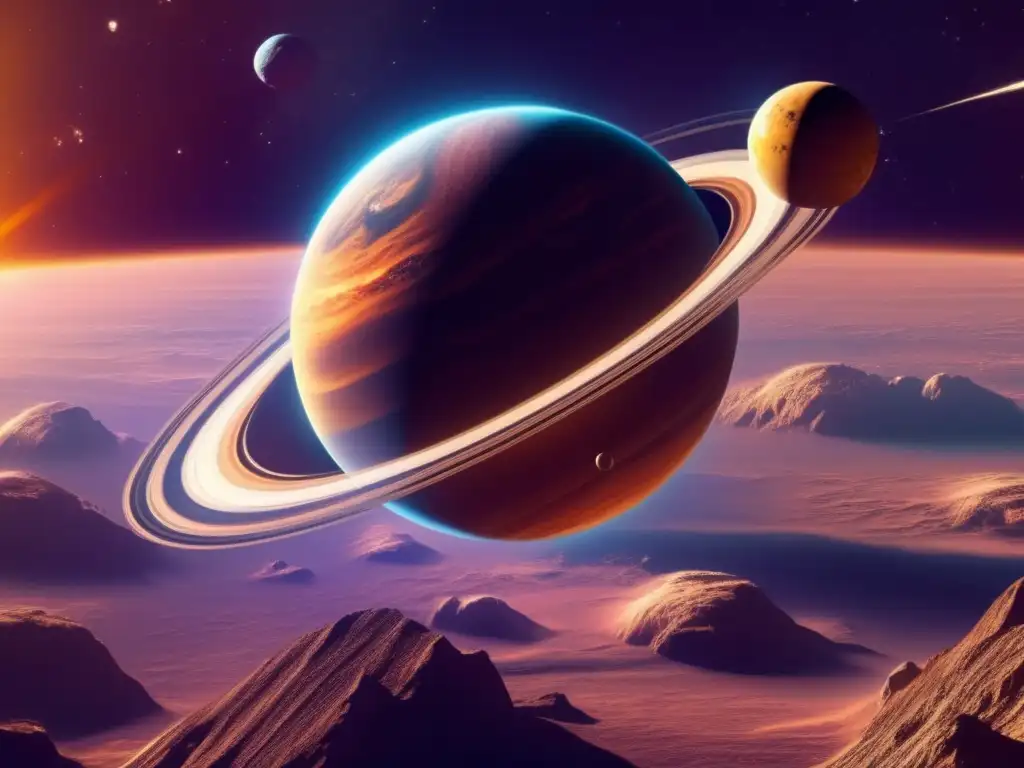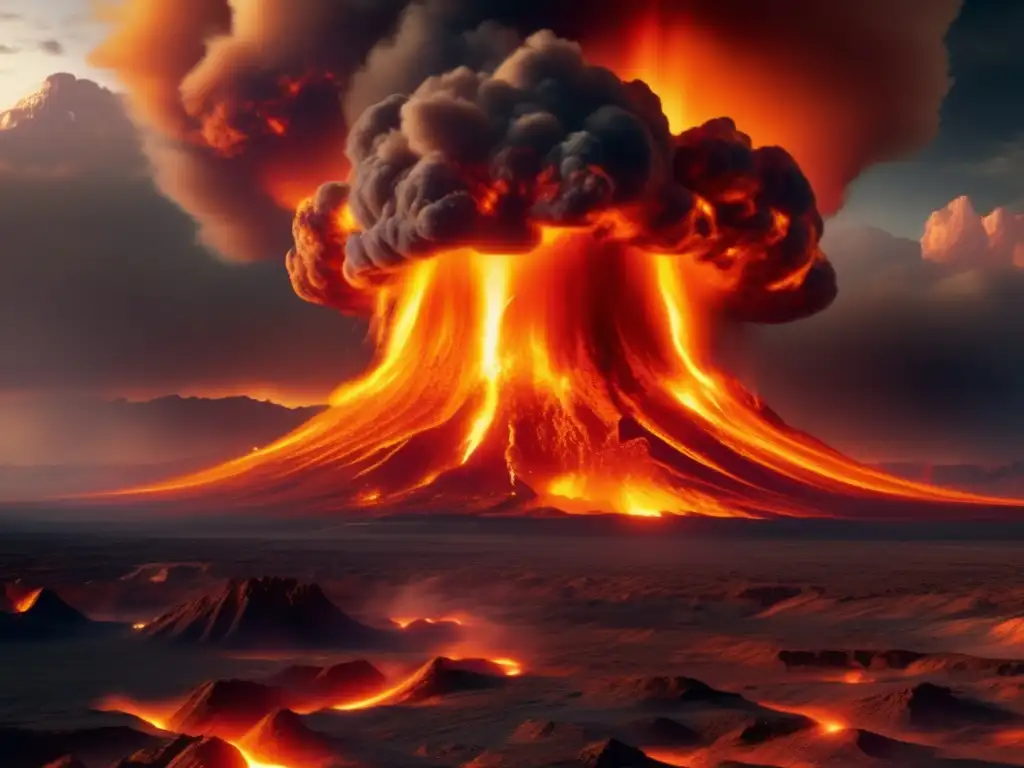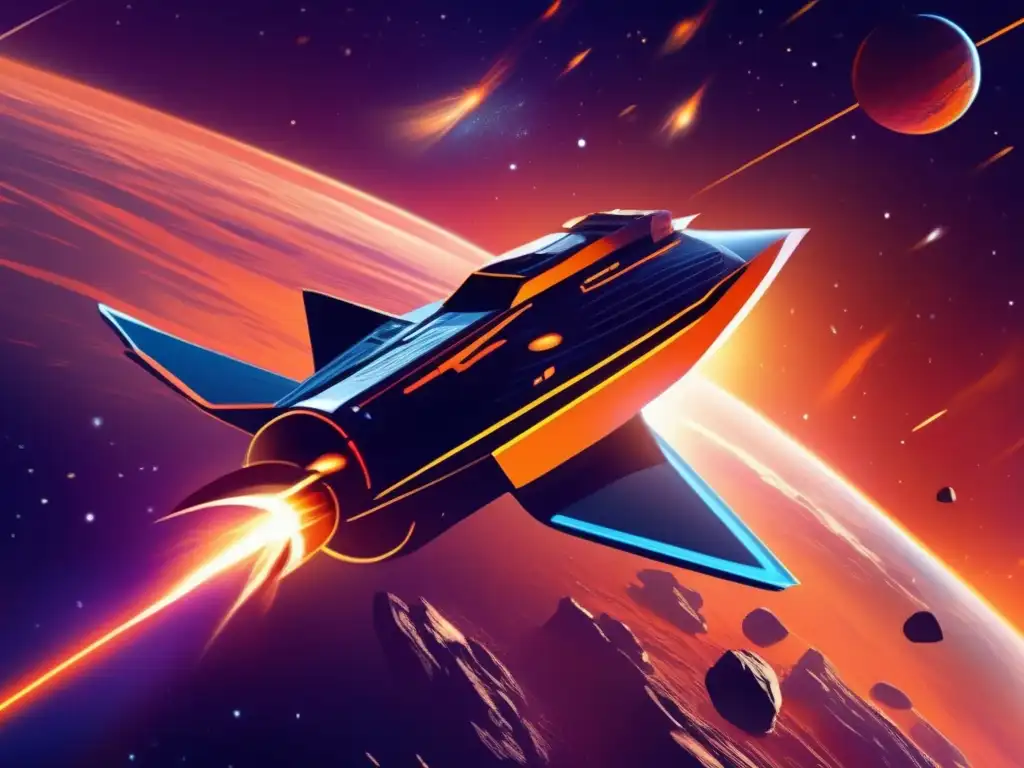Deiphobus: An In-Depth Examination Of Its Features

Introduction
Welcome to Asteroid Realm, where we delve deep into the mythology, history, and cultural significance of asteroids. In this article, we will take an in-depth look at Deiphobus, one of the fascinating celestial objects that roam our solar system. Discover its features and explore the intriguing details surrounding this asteroid.
The Origin and Discovery of Deiphobus

The Mythological Inspiration
Deiphobus was named after the prominent character from Greek mythology. In Homer's epic poem, the Iliad, Deiphobus is depicted as a son of King Priam and a brave warrior during the Trojan War. He played a vital role in the conflict, especially during the defense of Troy against the Greeks. The name Deiphobus itself translates to "frightening" or "terrible," reflecting his reputation as a formidable warrior.
Discovery and Classification
Deiphobus was discovered on March 17, 1987, by Eugene and Carolyn Shoemaker at the Palomar Observatory in California. This asteroid belongs to the Apollo group, which crosses Earth's orbit. It has been classified as a Near-Earth Object (NEO), signifying its proximity to our planet. Deiphobus follows an elliptical orbit around the Sun, occasionally venturing close to Earth.
Physical Characteristics and Composition

Size and Shape
Deiphobus has an estimated diameter of around 1.5 kilometers (0.9 miles). Although it is not among the largest asteroids, it has enough mass to exert gravitational influence and potentially cause significant damage if it were to collide with Earth.
Asteroid Family and Composition
Based on spectroscopic analysis, Deiphobus is classified as an S-type asteroid. This means it is composed primarily of silicate rocks and minerals, with a surface that could resemble the composition of stony meteorites found on Earth. The S-type classification suggests that Deiphobus originated from the inner region of the asteroid belt between Mars and Jupiter.
Surface Features and Geology
While detailed images of Deiphobus are limited, scientists believe its surface might be characterized by impact craters, regolith (loose rocky material), and possibly some boulders. These features are common among asteroids due to their exposure to numerous collisions throughout their existence.
Deiphobus in Space Exploration

Scientific Significance
Studying asteroids like Deiphobus provides valuable insights into the early history of our solar system. By examining their composition, scientists can unravel the processes that shaped our celestial neighborhood. Additionally, understanding the orbital characteristics and potential impact risks of NEOs like Deiphobus is crucial for developing strategies to mitigate any future threats they may pose to Earth.
Missions and Close Approaches
As of now, no dedicated missions have been undertaken to specifically study Deiphobus. However, various space probes, such as NASA's NEAR Shoemaker and OSIRIS-REx missions, have explored other near-Earth asteroids, gathering valuable data that contributes to our overall understanding of these celestial bodies.
Frequently Asked Questions

-
How was Deiphobus named?
Deiphobus was named after the character from Greek mythology who played a significant role during the Trojan War, known for his bravery and skill in battle.
-
What is Deiphobus composed of?
Deiphobus is an S-type asteroid, primarily composed of silicate rocks and minerals, similar to stony meteorites found on Earth.
-
Is Deiphobus a threat to Earth?
Deiphobus crosses Earth's orbit as a Near-Earth Object (NEO). While there is a potential for impact events, the current understanding suggests that Deiphobus poses no imminent threat to our planet.
-
Have we sent any missions to study Deiphobus?
No dedicated missions have been undertaken specifically for studying Deiphobus. However, various space probes exploring other asteroids have contributed to our knowledge of these celestial objects.
-
Can we see Deiphobus from Earth?
Due to its relatively small size and distance, Deiphobus cannot be observed with the naked eye from Earth. Observations require specialized telescopes and techniques.
Conclusion
Deiphobus, named after a brave warrior from Greek mythology, is a captivating asteroid that offers valuable insights into the formation and evolution of our solar system. Its composition, size, and proximity to Earth make it an intriguing object of study for scientists and astronomers alike. As we continue to explore the depths of space, further discoveries and understanding about Deiphobus and other asteroids will undoubtedly enhance our knowledge of the universe.
Share your thoughts on Deiphobus and its significance in the comments section below. Stay connected with Asteroid Realm by subscribing to our newsletter and following us on social media to stay updated with the latest discoveries and research in the realm of asteroids. Thank you for joining us on this journey of cosmic exploration!
Additional Resources

For those interested in delving deeper into the world of asteroids, here are some additional resources:
- Book Title: The Asteroid Journey
- Scientific Paper: Composition Analysis of Near-Earth Asteroids
- NASA Website: Near-Earth Object Program
 The Fascinating World Of Asteroid Ascanius
The Fascinating World Of Asteroid Ascanius Aeneas: Unraveling The Mysteries Of An Asteroid
Aeneas: Unraveling The Mysteries Of An Asteroid Creusa: A Comprehensive Look At Its Characteristics
Creusa: A Comprehensive Look At Its CharacteristicsIf you want to discover more articles similar to Deiphobus: An In-Depth Examination Of Its Features, you can visit the Asteroid Profiles category.
Leave a Reply

Articulos relacionados: